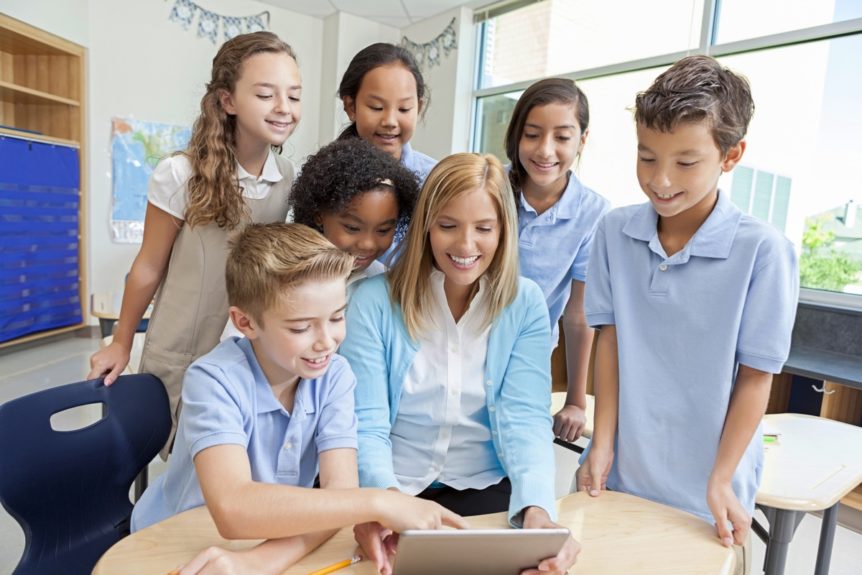Students and teachers are familiar with the effectiveness of student projects in school. Too often these projects are seen as a “special” learning experience, and are used infrequently or rarely by a teacher, despite their effectiveness and general approval by students. At Innovation Learning we utilize the successful teaching method of Project Based Learning (PBL). It is not only engaging and effective, but it is fun and enjoyable for the students. Innovation Learning takes the time afterschool and extends the learning day in ways that are fun and educational. PBL is one of the effective methods we use to educate, innovate and help students create!
Project Based Learning helps students gain knowledge and skills by working for an extended period of time to investigate and respond to an authentic, engaging and complex question, problem, or challenge. PBL has been proven as an effective formula for helping students become Creative and Innovative Thinkers.
Here are four reasons why PBL is a formula for innovation:
- Increases Critical Thinking – The heart of a project – what it is “about,” if one were to sum it up – is a problem to investigate and solve, or a question to explore and answer. An engaging problem or question makes learning more meaningful for students. Students engage in a rigorous, extended process of asking questions, finding resources, and applying information.
- Enhances Student Communication – Having a say in a project creates a sense of ownership in students; they care more about the project and work harder. If students aren’t able to use their judgment when solving a problem and answering a driving question, the project just feels like doing an exercise or following a set of directions. Students can have input and (some) control over many aspects of a project, from the questions they generate, to the resources they will use to find answers to their questions. Students make their project work public by explaining, displaying and/or presenting it to people beyond the classroom.
- Improves Classroom Collaboration – Students give, receive, and use feedback to improve their process and products. Instead of only being a private exchange between an individual student or group and teacher, the social dimension of learning becomes more important. This has an impact on classroom and school culture, helping create a “learning community,” where students and teachers discuss what is being learned, how it is learned, what are acceptable standards of performance, and how student performance can be made better.
- Creativity is Encouraged and Essential – PBL doesn’t compartmentalize STEAM subjects, but provides an avenue for all of them to interact together. Students might create an original product or come up with solutions to authentic problems – the more authentic, the better, since an important part of the innovation process involves understanding their audience or end-user. A PBL classroom can be a place where it’s OK to offer divergent ideas, ask new questions, and try, fail, and try again. Students should feel that it’s safe to take risks and not be penalized. Creative and out of the box thinking is not only encouraged, but essential!
Tony Wagner, author of “Most Likely to Succeed: preparing Our Kids for the Innovation Era“ stated this in regards to how schools can prepare today’s students, “Education needs to help our youth discover their passions and purpose in life, develop the critical skills needed to be successful in pursuing their goals, be inspired on a daily basis to do their very best, and be active and informed citizens.” Project Based Learning helps students learn content, engage in authentic and meaningful projects, answer problems and questions of today and the future and build the necessary characteristics to becoming engaged and innovative citizens of tomorrow. Project Based Learning is a necessary party of the formula to creativity and innovation.

